Concrete admixtures for enhanced durability
By Edit Team | August 14, 2019 9:55 am SHARE
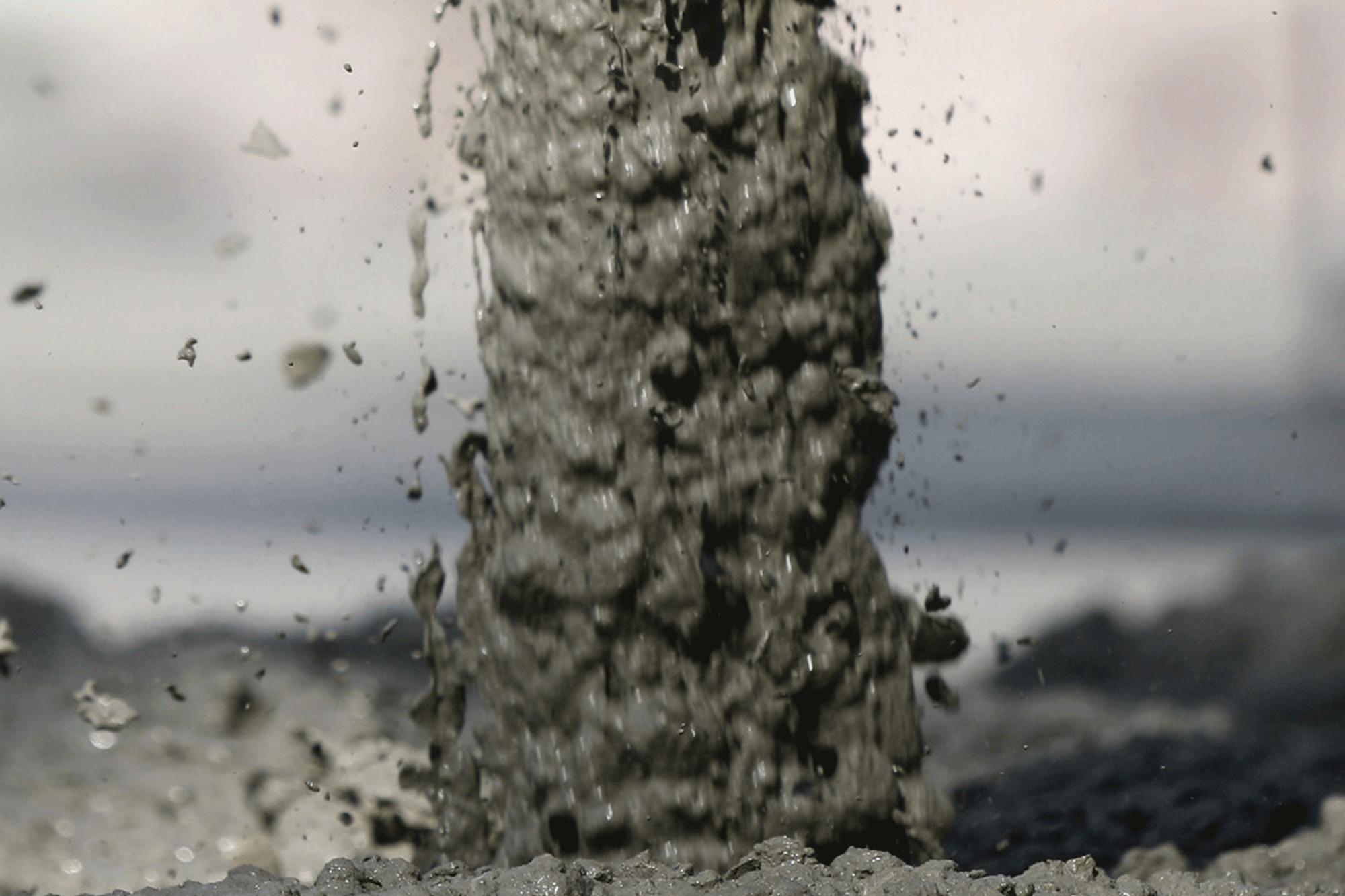
Using admixtures is an economic approach of changing the chemical and physical properties of concrete without disturbing its central components.
In today’s scenario, every developer aims on achieving cost-efficiency while trying not to compromise on the quality at the same time. Adding admixtures to concrete is an economic way of achieving the desired results that cannot be achieved by experimenting with the core components of concrete. Admixtures are significant chemical compound additives which are used to enhance the properties of concrete used for special applications in construction. With the current demand for infrastructure in the country, the construction industry has witnessed more demand than ever before. This has resulted in the need for more structures to be built in lesser time. Admixtures work in the favour of achieving versatile results as per the requirements. Apart from enhancing the upholding capacity of structures, adding admixtures also aids in altering the physical and chemical properties of concrete.
Durability of concrete
Durability of a concrete structure depends on factors such as environment on macro and micro levels, quality of raw materials selection, quality control, workmanship and concreting practice. “Concrete is a versatile material for its strength and durability. The correct selection of raw materials, construction design, good workmanship, and proper maintenance will lead to a structure of concrete to stand for several decades,” says A Mallik, Head Technology, STP Ltd.
According to Mallik, the primary durability issues for concrete in aggressive environments include corrosion of embedded reinforcement, chemical attack, alkali-aggregate reactivity, and repeated cycles of freezing and thawing under saturated conditions. The durability of concrete can be enhanced to address the above factors by addition of special additives, admixtures and SCM (supplementary cement materials) in addition to good structural design.
Durability enhancing materials
The durability enhancing materials are broadly classified into airentrainer, corrosion inhibitor, integral waterproofer, AAR resistant, shrinkage reducer and high range water reducers.
Airentrainer: It is used to protect concrete from cracking during the freeze-thaw cycle. In saturated concrete during freezing, the pore water expands to 9 per cent by volume. If no relief is given to compensate the expansion in volume, the concrete starts cracking with repeated cycle of freeze-thaw. Airentraining agent creates stable air void which absorbs this expansion in the freeze-thaw cycle.
Corrosion inhibitor: is a type of admixture which inhibits corrosion of embedded steel reinforcement. Corrosion in embedded steel is very common in concrete structure. The concrete is porous in nature and allows carbon dioxide to permeate through it. This carbon dioxide with water forms carbonic acid and reduces the pH of concrete which at some level starts corrosion of the bar. Highly impermeable concrete with good concrete design of placing the bar will slow down the process of corrosion enhancing durability. Corrosion inhibiting admixture helps in providing an oxide layer on bar (inorganic calcium nitrite) thereby resist corrosion to start. Chloride ion corrosion is a major reason for embedded steel failure. Organic corrosion inhibitor like amine ester system penetrates the concrete and deposits a thin layer on embedded steel bar thereby detaching the anode-cathode ion movement which is the main reason for corrosion when pH in the concrete goes down. A combination of impermeable concrete and corrosion inhibitor will enhance the durability of concrete structure. Integral water proofers are primarily hydrophobic compounds that seal the porosity of capillaries in concrete. This reduces permeability of the concrete enhancing the durability.
Alkali aggregate reaction (ARR): is combination of alkali-silica reaction (ASR) and alkali-carbonate reaction (ACR). ASR causes the sever cracks in concrete at a later stage of concrete life. Aggregates contain some reactive silicas like chert, quartzite and opal. These silicas are reactive with hydroxyl group in hardening concrete to form a gel. This gel expands in volume while moisture or water is present. Volume expansion, if not taken care of, results in cracking of concrete. Soluble lithium ions as additive reacts with gel before it contacts with water.
Shrinkage reducing agent: compensates the shrinkage of concrete during its plastic state by some expansion mechanism. Shrinkage in concrete causes cracks. Polymeric glycols, magnesium oxide, calcium oxide and sulfoaluminates are different materials which work to enhance durability of concrete by expansion mechanism.
High range water reducers: are called plasticisers or superplasticisers. They reduce the water demand in concrete mix increasing concrete strength and produce a dense concrete. Dense concrete is durable as it is less porous for moisture ingression and carbon dioxide permeability. Durability of a concrete structure depends basically on proper compounding of different chemicals when structural design is perfect.
Enhanced sustainability
According to Swapnil Deshmukh, Sr Marketing Manager, Chembond Chemicals Limited, one of the most important and critical ingredients of modern concrete is the chemical admixture. The introduction of admixtures has changed the way we can work with the cement concrete. The porosity of concrete is inversely proportional to the water-binder ratio. Therefore, the most important role of chemical admixtures is to reduce the water-binder ratio.
Apart from reducing the mixing water, chemical admixtures have various functions such as slump retention, set retardation or acceleration, strength acceleration and more. Each type needs to meet different criteria, specified in test specifications. Moreover, there are other types like air entraining admixtures, integral water proofing admixtures meeting the water impermeability requirements as per DIN 1048, anti-washout admixtures, corrosion inhibitors, shrinkage reducing admixtures, foaming agents and shotcrete accelerators.
“In today’s scenario for concrete technology, one of the most important goals for every concrete goods manufacturer is to achieve high production output without loss of product quality,” says Sujit Kumar Kar, Head Specification & Marketing, MC-Bauchemie (India) Pvt. Ltd. A particular challenge lies in optimising the green strength of the mix in order to ensure fast and economical production. A flawless appearance is just as important, especially in the case of coloured concrete products. Achieving excellent colour brilliance means effectively reducing unwanted efflorescence. Kar further adds, “Concrete goods must combine an attractive appearance with high durability. MC admixtures help to improve concrete quality by optimising its compaction.” Special additives also refine the colour brilliance of the concrete products while reducing efflorescence. He further claims that in order to have concrete which is durable, stable, resistant to weathering, acids and ageing, easy-flowing or self-compacting, exhibit the very best surface finish and offer uniformly high quality beyond standard expectations, MC’s high-performance flow-improving and plasticising admixtures, as well as air-entraining agents and stabilisers can accurately control the developer’s formulations for a wide range of cements and application requirements, delivering maximum outcome reliability for the customers. “Our comprehensive range of admixtures offers the ideal solution for every requirement, from terraces and industrial floors to bridges and cooling
towers,” says Kar.
Advancements in concrete technology
The aggregate and admixture combinations, with MC’s ultra-high-performance polycarboxylate ethers (PCE) making the final link in this development chain make this possible. However, their highly sensitive reaction to changes in concrete feedstocks demands a considerable degree of care and product knowledge. As a result, there has been an increasing industry demand for high-performance superplasticisers that offer greater resilience in both their handling and their interaction with other concrete admixtures.
“Chemical admixtures are based on various chemistries. Water reduction greatly depends on the type of chemistry a formulator uses to design the admixture. The best water reduction is achieved using PCE-based admixtures,” says Deshmukh. This is a result of very efficient dispersion of the binder which PCEs offer. The effectiveness of PCEs is more evident when the water-binder ratio goes below 0.35. The versatile chemistry of PCE polymers ensures their use in almost every mix design. Along with the excellent water reduction, the admixtures also produce flowing concrete without segregation. If the mix is properly designed there is either no need for VMAs or their usage could be limited. Nowadays modified PCE-based admixtures are available which also offer good theology control. One of the challenges in earlier PCEs was the increased stickiness of the concrete mix. Now there are some molecules which offer excellent reduction in stickiness. This is often necessary while designing very high strength mixes which have a tight water-cement ratio and high fines.
“For more than 20 years, we have been carrying out research in the field of polycarboxylate ethers, creating our own PCE polymer raw materials for high-performance superplasticisers. One result of this ongoing development effort is the product line MC-PowerFlow range,” says Kar. He further adds that a distinguishing feature of the superplasticisers line MC-PowerFlow Range is the huge performance capability regarding main requirements relevant to precast concrete production. By significantly reducing the amount of water required, this line allows the achievement of high-strength concrete, specified through low water contents and low water-cement ratios. The ongoing development of conventionally plasticised concrete from easy-flow to self-compacting has led to its properties being further enhanced with ever faster on-site placement. Air-entraining admixtures can be used to achieve higher resistance to frost and de-ice salt attack. They create escape passages for water and de-icing solutions as volumes increase in freezing temperatures. Without specifically entrained micropores, this phenomenon leads to damage to the concrete structure, resulting in well-documented problems of spalling at the surface.
Kar further describes how Centrament Air air-entraining admixtures from MC generate very fine micropores that become evenly distributed throughout the solidified concrete. A technological innovation for such applications, Centrament Airpolymer contains prefabricated polymer particles in the form of hollow microspheres. Distributed throughout the fresh mix, these create spherical voids in the solid concrete into which the freezing water can expand.
One of the most important goals for every concrete goods manufacturer is to achieve high production output without loss of product quality.
Sujit Kumar Kar, Head Specification & Marketing, MC-Bauchemie (India) Pvt. Ltd.
Water reduction greatly depends on the type of chemistry a formulator uses to design the admixture. The best water reduction is achieved using PCE-based admixtures.
Swapnil Deshmukh, Sr. Marketing Manager, Chembond Chemicals Ltd.
The correct selection of raw materials, construction design, good workmanship, and proper maintenance will lead to a structure of concrete to stand for several decades.
A Mallik, Head Technology, STP Ltd.
Cookie Consent
We use cookies to personalize your experience. By continuing to visit this website you agree to our Terms & Conditions, Privacy Policy and Cookie Policy.



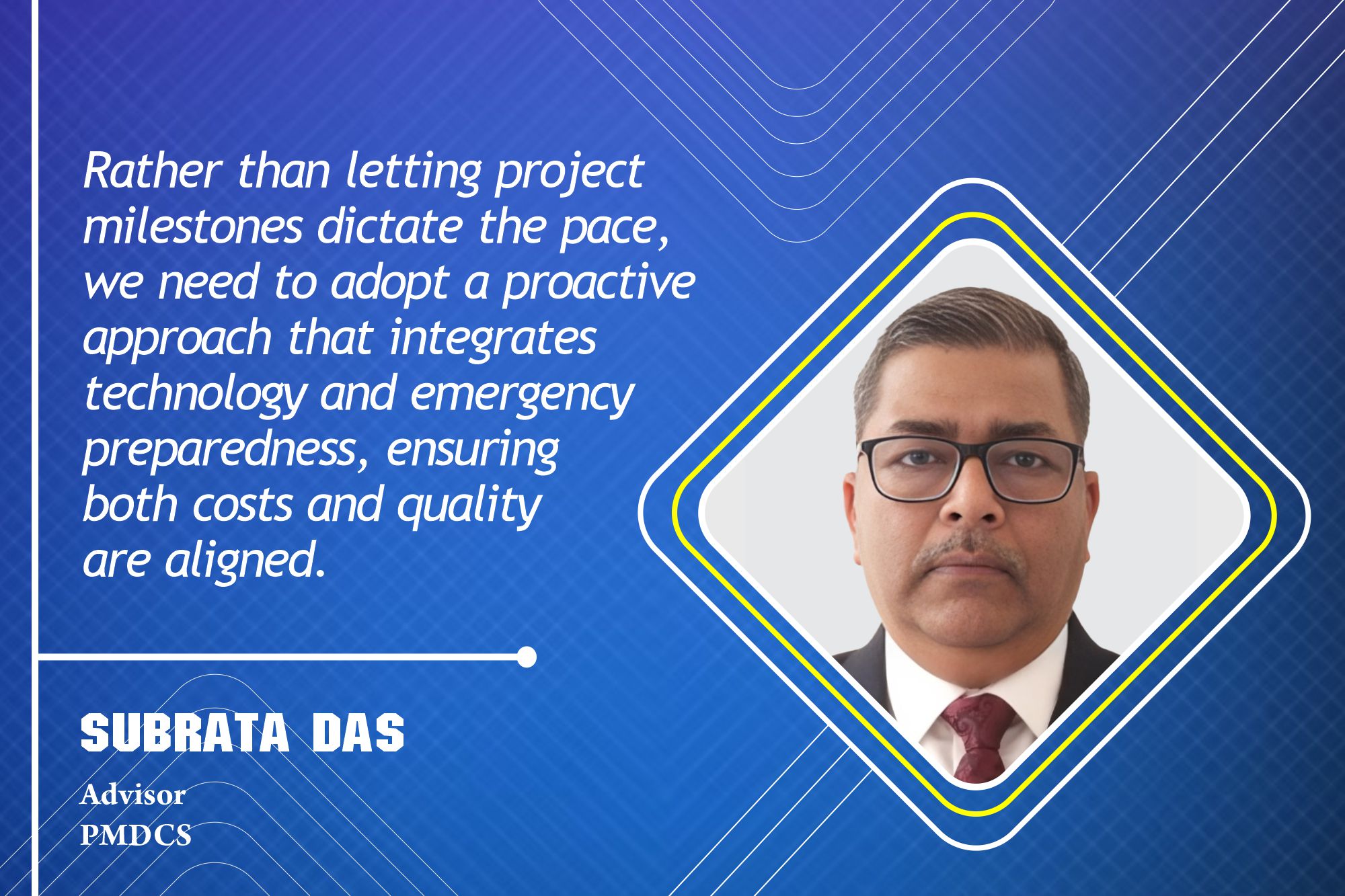
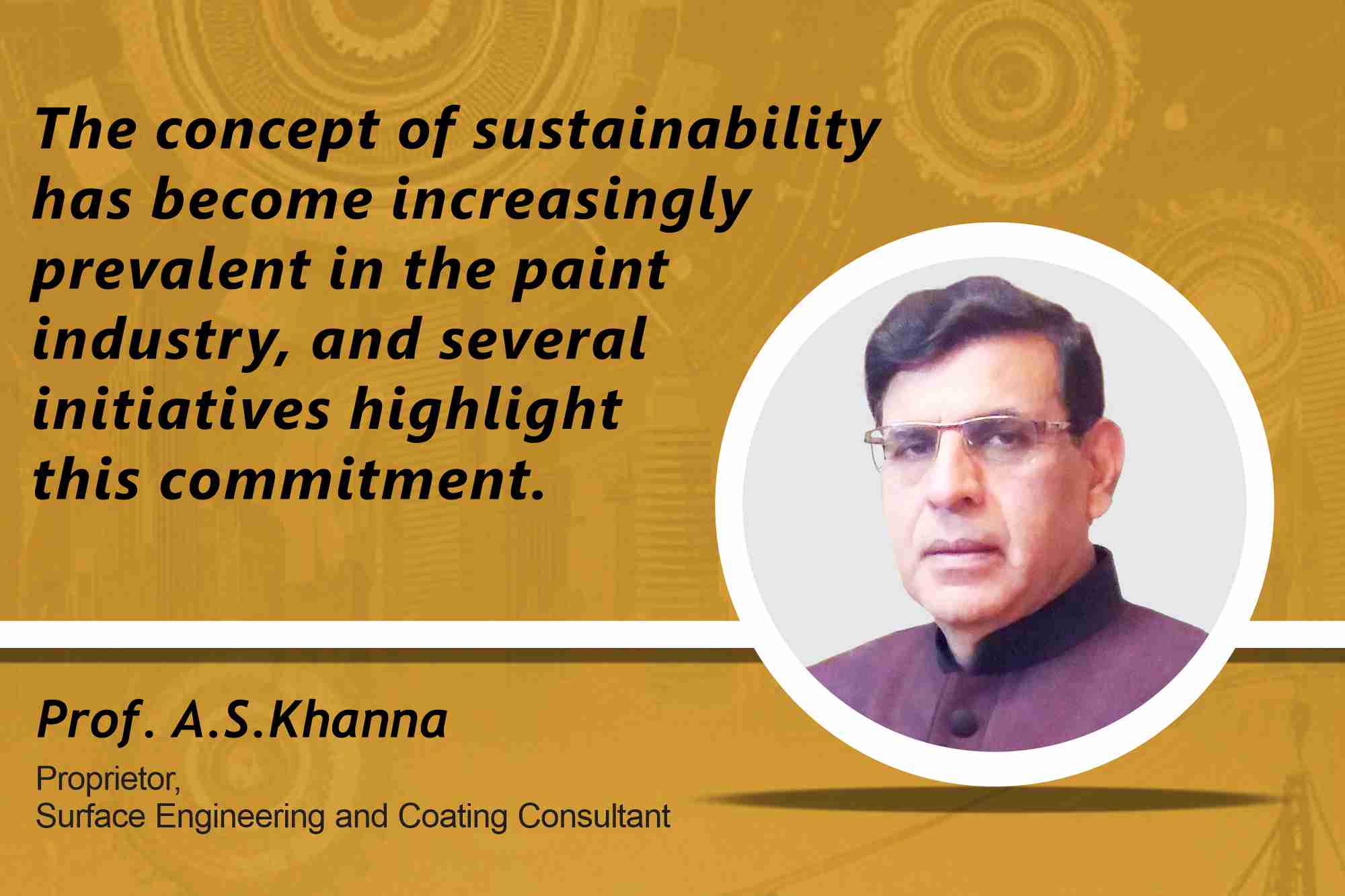

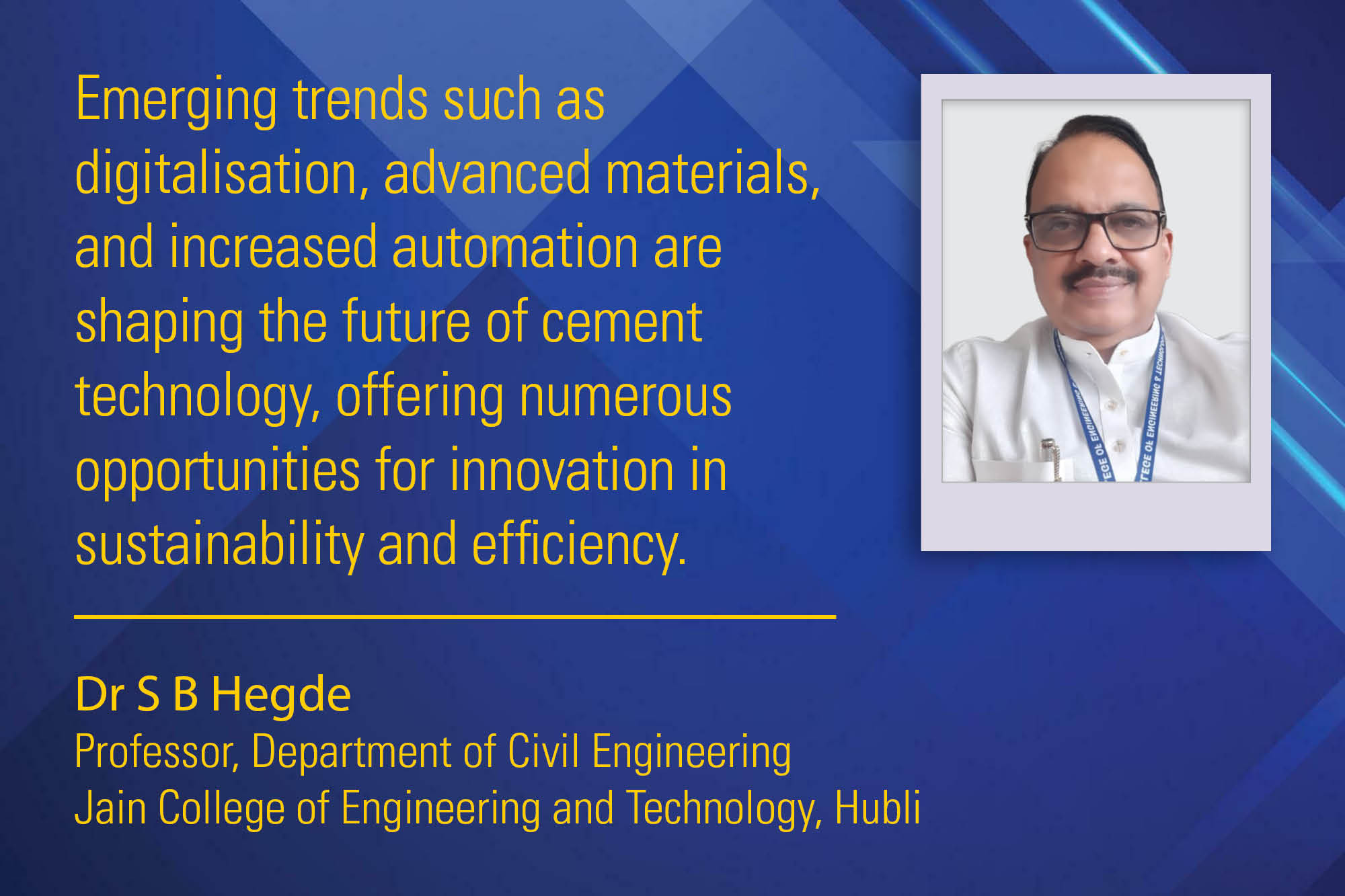
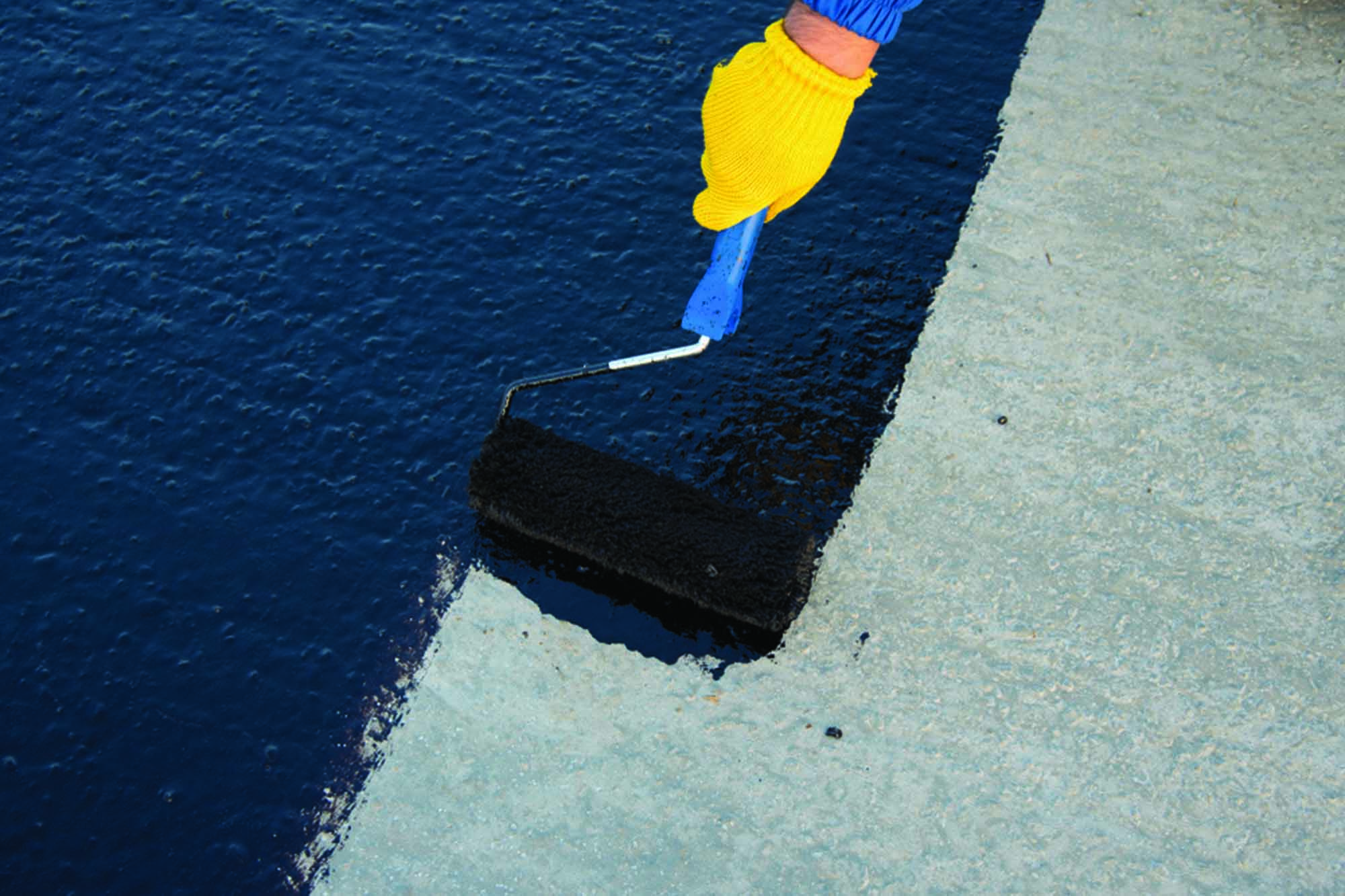


























-20240213125207.png)

























